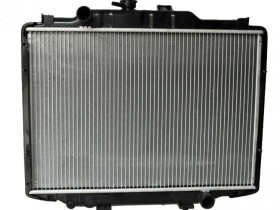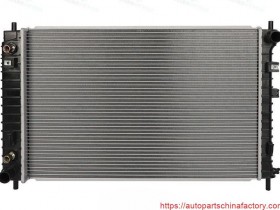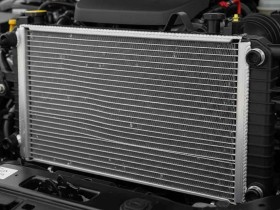Keep Your MITSUBISHI DELICA Cool: The Right Radiator for Your 87-93 MT (OE SW600045) APCF-72001-radiator-front If you're a proud owner of a classic Mitsubishi Delica, you know how important it is to keep this legendary vehicle in top running condition. Whether you use your Delica for daily driving, family adventures, or off-road overlanding, a reliable cooling system is non-negotiable. Today, we're focusing on a critical component for your van's longevity: the radiator. Specifically, we're introducing a high-quality replacement radiator designed for the 1987-1993 MITSUBISHI DELICA with a manual transmission (MT) and the 16-valve engine. Why This Radiator is the Right...
 Radiator
Radiator


